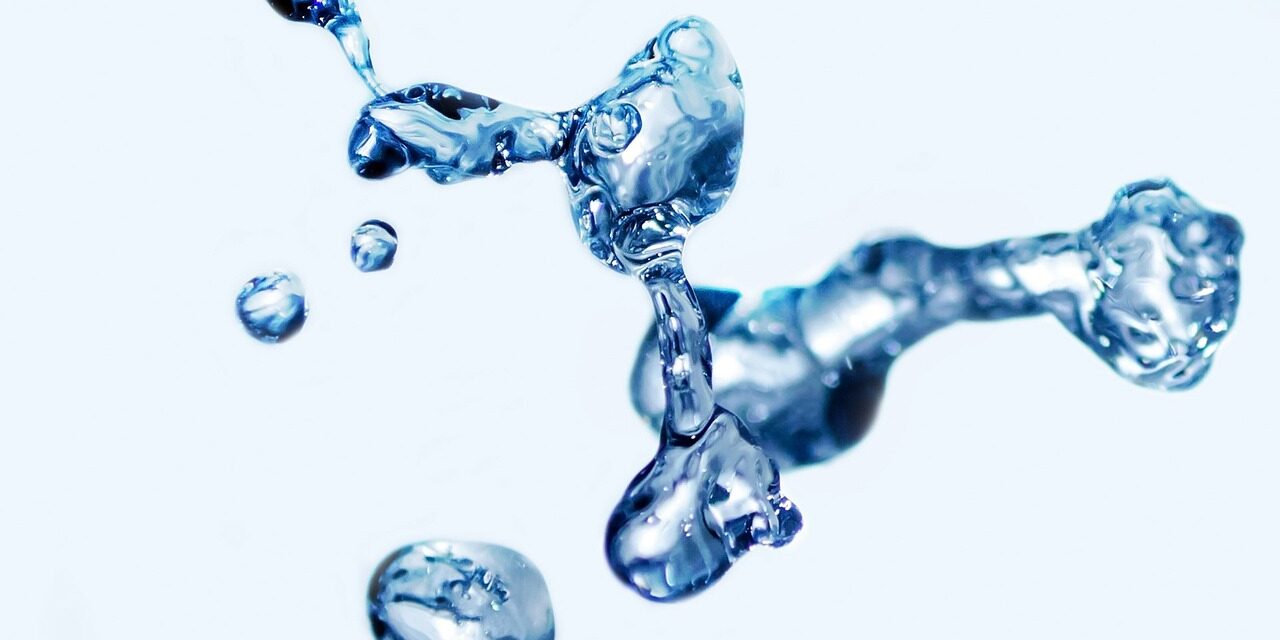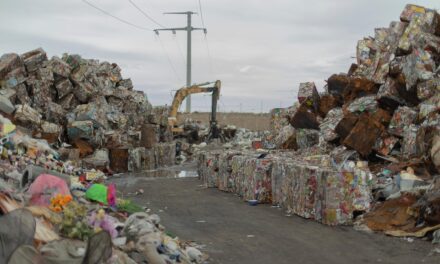Enhancing the natural water cycle, Great Salt Lake, Greater Salt Lake, etc.
Get Enhancing the natural water cycle in Greater Salt Lake, read on…
The Great Salt Lake: A Threatened Oasis
As the Great Salt Lake shrinks, its vital ecosystem faces dire consequences:
Life at Stake:
The Great Salt Lake serves as a sanctuary for an array of wildlife, including migratory birds, fish, and invertebrate species. These creatures rely heavily on the lake’s unique ecosystem for food, shelter, and breeding grounds.
A Watery Crisis:
The Great Salt Lake’s shrinking waters have a profound impact on the region’s wildlife. The lake’s salinity levels fluctuate as water evaporates, creating inhospitable conditions for aquatic life. Additionally, the decline in water levels reduces the lake’s size, limiting essential habitat and breeding areas.
The Great Salt Lake: A Vital Cycle
Understanding the intricate web of interconnected processes that sustain the Great Salt Lake is crucial for its preservation.
The journey of water into the Great Salt Lake begins with snowfall in the surrounding mountains. As snow melts, it flows through a network of rivers and creeks into the lake, replenishing its waters. However, the relentless evaporation caused by the arid climate leads to a steady loss of water.
The Great Salt Lake: A Watery Story
TL;DR: The Great Salt Lake is shrinking, and that’s a big problem! Climate change is making it worse, but we can help. By saving water, using it wisely, and working together, we can bring the Great Salt Lake back to life.
The Great Salt Lake is a giant, salty lake in Utah. It’s a really important part of the environment, like a giant sponge that helps keep the air clean, provides a home for lots of animals, and even helps control the weather.
The water cycle describes how water moves around the Earth, from rain falling from the sky to rivers flowing to the ocean. The Great Salt Lake is part of this cycle! Here’s how it works:
The Great Salt Lake: A Watery Cycle
- Snowfall in the mountains: Most of the water in the Great Salt Lake comes from snow that falls in the mountains around it.
- Melting snow and rivers: As the snow melts in the spring, it flows down the mountains as rivers.
- Flowing into the lake: These rivers, like the Jordan River, carry the water to the Great Salt Lake.
- Evaporation: As the sun shines on the Great Salt Lake, the water evaporates and turns into water vapor in the air.
- The cycle continues: The water vapor in the air eventually forms clouds, and it rains or snows, starting the cycle all over again.
Shrinking Lake, Shrinking Resources
The Great Salt Lake is facing a big problem: it’s shrinking! This is because we’re using too much water. We use water to grow crops, drink, and water our lawns. When we take too much water from the rivers that feed the Great Salt Lake, the lake starts to get smaller.
Climate change is also making the problem worse. With warmer temperatures, the snow melts earlier and faster, leaving less water to flow into the lake. The hotter weather also causes more water to evaporate from the lake, making it shrink even faster.
The Great Salt Lake: A Vital Ecosystem
The shrinking of the Great Salt Lake has some serious effects:
- Less water for wildlife: The Great Salt Lake is home to many birds, fish, and other animals. As the lake shrinks, these animals lose their homes and food sources.
- Dust storms: When the lake gets smaller, the dry lakebed is exposed. Strong winds can pick up the dust and create huge dust storms that can harm people and the environment.
- Air quality: The Great Salt Lake helps keep the air clean by trapping dust and pollution. As the lake shrinks, the air quality gets worse.
Fighting the Shrinking Lake
We need to work together to save the Great Salt Lake!
- Saving water: This means using less water at home, like taking shorter showers and fixing leaky pipes. It also means being smarter about how we water our lawns and crops.
- Innovative irrigation: Farmers can use new ways to water their crops that use less water, like drip irrigation systems.
- Policy changes: Governments can create rules that encourage people to use less water and protect the Great Salt Lake.
The Active Climate Rescue Initiative (https://climate-rescue.org/) is doing great work to help save the Great Salt Lake. They are working with communities, businesses, and policymakers to develop solutions for water shortages and climate change.
Summary
The Great Salt Lake is a vital part of the environment and its water cycle. Climate change and human water use are causing the lake to shrink, which has negative impacts on wildlife, air quality, and the environment. We can save the Great Salt Lake by using water wisely, adopting new irrigation techniques, and supporting organizations like the Active Climate Rescue Initiative, who are working hard to find solutions to these challenges.
More on Enhancing the natural water cycle…
- Natural Water Cycle Enhancement
- Great Salt Lake Restoration
- Water Conservation for the Great Salt Lake
- Wetlands Creation for the Great Salt Lake
- Habitat Restoration for the Great Salt Lake
- Invasive Species Management for the Great Salt Lake
- Climate Change Adaptation for the Great Salt Lake
- Sustainable Development for the Great Salt Lake Watershed
- Ecosystem Services of the Great Salt Lake
- Economic Benefits of the Great Salt Lake
- Cultural Significance of the Great Salt Lake
- Great Salt Lake Science and Research
- Great Salt Lake Education and Outreach
- Citizen Science for the Great Salt Lake











